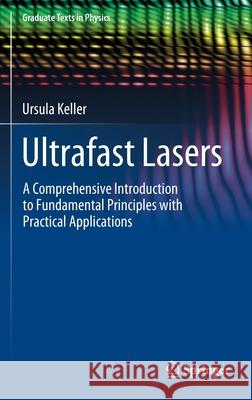Ultrafast Lasers: A Comprehensive Introduction to Fundamental Principles with Practical Applications » książka
topmenu
Ultrafast Lasers: A Comprehensive Introduction to Fundamental Principles with Practical Applications
ISBN-13: 9783030825317 / Angielski / Twarda / 2022 / 750 str.
Ultrafast Lasers: A Comprehensive Introduction to Fundamental Principles with Practical Applications
ISBN-13: 9783030825317 / Angielski / Twarda / 2022 / 750 str.
cena 427,02 zł
(netto: 406,69 VAT: 5%)
Najniższa cena z 30 dni: 424,07 zł
(netto: 406,69 VAT: 5%)
Najniższa cena z 30 dni: 424,07 zł
Termin realizacji zamówienia:
ok. 20 dni roboczych.
ok. 20 dni roboczych.
Darmowa dostawa!
Kategorie BISAC:
Wydawca:
Springer
Seria wydawnicza:
Język:
Angielski
ISBN-13:
9783030825317
Rok wydania:
2022
Wydanie:
2021
Numer serii:
000394232
Ilość stron:
750
Waga:
1.30 kg
Wymiary:
23.39 x 15.6 x 4.29
Oprawa:
Twarda
Wolumenów:
01
Dodatkowe informacje:
Wydanie ilustrowane











